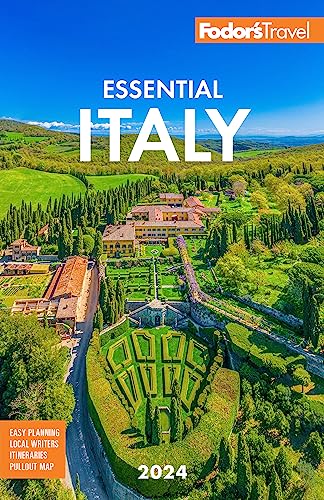Eating and Drinking Well in Piedmont and Valle D'Aosta
In Piedmont and the Valle d'Aosta you can find rustic specialties from farmhouse hearths, fine cuisine with a French accent, and everything in between. The Piedmontese take their food and wine very seriously.
There’s a significant concentration of upscale restaurants in Piedmont, with refined cuisine designed to showcase the region's fine wines. Wine-oriented menus are prevalent both in cities and in the country, where even simply named trattorias may offer a menu di degustazione (a multicourse tasting menu that highlights the chef’s specialties) accompanied by wine pairings.
In Turin the ritual of the aperitivo (aperitif) has been finely tuned, and most cafés from the early evening onward provide lavish buffets that are included in the price of a cocktail—a respectable substitute for dinner if you’re traveling on a limited budget. As a result, restaurants in Turin tend to fill only after 9 pm.
Great Grissini
Throughout the region—and especially in Turin—you'll find that most meals are accompanied by grissini (bread sticks). When they are freshly made and hand-rolled, these renditions are a far cry from the thin and dry, plastic-wrapped versions available elsewhere. Grissini were invented in Turin in the 17th century to ease the digestive problems of little Prince Vittorio Amedeo II (1675–1730). Napoléon called them petits batons and was supposedly addicted to them.
Truffles
The tartufo (truffle) is a peculiar delicacy—a gnarly clump of fungus that grows wild in forests a few inches underground. It's hunted down using truffle-sniffing dogs. The payoff is a powerful, perfume flavor that makes gourmets swoon and for which they are willing to pay a small fortune. Although truffles are more abundant farther south in Umbria, the most coveted ones are the tartufi bianchi (white truffles) from Alba in Piedmont. A thin shaving of truffle often tops pasta dishes; they're also used to flavor soups and other dishes.
Polenta and Pasta
The area's best-known dish is probably polenta, creamy cornmeal served with carbonada (a meat stew), melted cheese, or wild mushrooms. Agnolotti crescent-shape pasta stuffed with meat filling—is another specialty, often served with the pan juices of roast veal. Agnolotti del plin is a smaller version topped with melted butter and shaved truffles.
Cheese
In keeping with their northern character, Piedmont and Valle d'Aosta are both known for fonduta, a version of fondue made with melted cheese, eggs, and sometimes grated truffles. Fontina and ham also often deck out the ubiquitous French-style crepes alla valdostana, served casserole-style.
Meat
The locally raised beef of Piedmont is some of Italy's most highly prized; it's often braised or stewed with the region's hearty red wine. In winter, bollito misto (various meats, boiled and served with a rich sauce) shows up on many menus, and fritto misto, a combination of fried meats and vegetables, is another specialty.
Desserts and Sweets
Although desserts here are less sweet than in some other Italian regions, treats like panna cotta (a puddinglike cooked cream), torta di nocciole (hazelnut torte), and bonet (a pudding made with hazelnuts, cocoa, milk, and macaroons) are delights. Turin is renowned for its delicate pastries and fine chocolates—especially for gianduiotti, made with hazelnuts.
Wine
Piedmont is one of Italy's most important wine regions, producing full-bodied reds, such as Barolo, Barbaresco, freisa, barbera, and the lighter dolcetto. Asti Spumante, a sweet sparkling wine, comes from the region, while the Valle d'Aosta is famous for brandies made from fruits or herbs.




